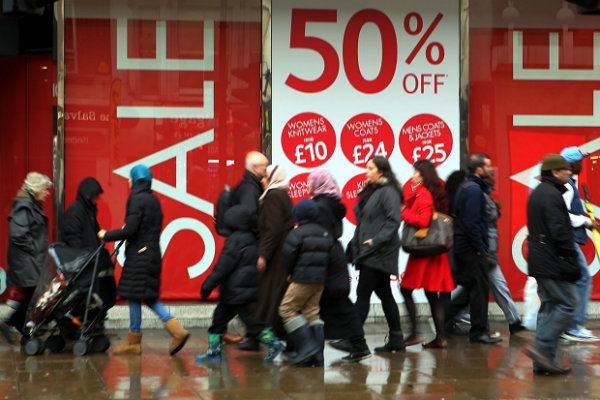Maximising the bricks and mortar retail estate has never been more important.
With online stores able to give customers everything they could ever need at the touch of a button and all from the comfort of their own home, retailers need to give customers a valid reason to jump off the sofa and come into their stores.
Retailers must think harder and smarter in order to encourage shoppers to enter the store, make a purchase and, crucially, return again. Once in store, the retailer has the opportunity to offer something unique, as well as increase the likelihood that they will make a purchase or increase their basket size.
Point-of-sale (POS) communications are a vital part of this. Historically, POS has been thought of as printed display messages hanging in store to encourage customers to partake in a “too good to be refused” special offer. However, today POS is a lot more complex. It covers everything from printed materials, digital displays, location-based technologies and retailtainment.
Here are some of the key things you need to know when it comes to creating a recipe for POS success:
1. Branding and message
Be absolutely clear of your objectives and your brand message before you consider any form of creative POS. Customers are increasingly looking beyond just products and services to see whether your brand is one they want to associate with. It‘s crucial you get know what your brand stands for and can articulate it in a concise and meaningful way to your target audiences. Your brand needs to be consistent across all touchpoints in the customer journey.
Keep up to date with Retail Gazette by liking us on Facebook
2. Get creative
Your POS needs to stand out, be informative and engaging, but it also needs to be relevant to your consumer. It should incite a call to action, whether that be guiding them to a new product range, or directing them towards online channels. It should also anticipate their needs at that particular point. When designing POS displays, retailers really need to understand their target customers, understand exactly what they want and offer this to them.
3. An omni-channel world
Consumers are now influenced by a number of channels within the path to purchase. Online, smartphones and wearable technology are all making it easier for them to access information about you and as such are able to research and compare products well in advance before even entering a bricks and mortar store. POS needs to be part of a full omni-channel plan. It should be on-brand and on-campaign, no matter what the touchpoint. Consistency of creative and consistency of message is key to ensuring brand recall.
A customer‘s in-store experience must reflect their online experience. Where the brand allows, retailers should explore how in store links to online; this could be in store catwalks, selfie walls or in store competitions, which will bridge the gap between the two worlds of offline and online and engage customers beyond the point of purchase.
4. A digital age
A recent survey we carried out revealed that 77 per cent of shoppers engaged more with animated digital displays in store than they did with traditional print displays. Digital displays are a powerful tool to help drive short term sales metrics while instore. They should be engaging and interactive, encouraging a call to action such as purchase or online interaction after the customer has left the store. Digital displays offer flexibility, allowing messages to be tailored to the local market and personalise offerings which fulfil a particular need for a customer at a particular time. Retailers can use a combinatio
RELATED STORIES


















